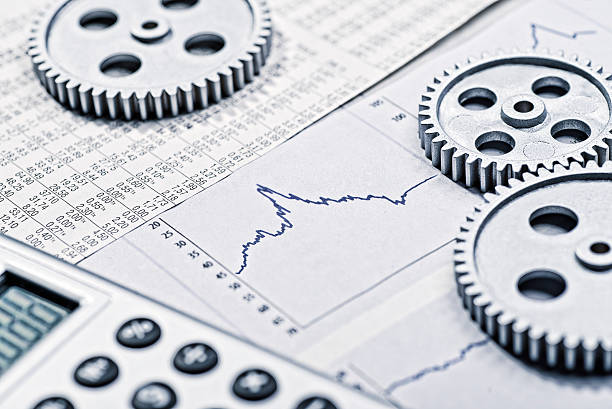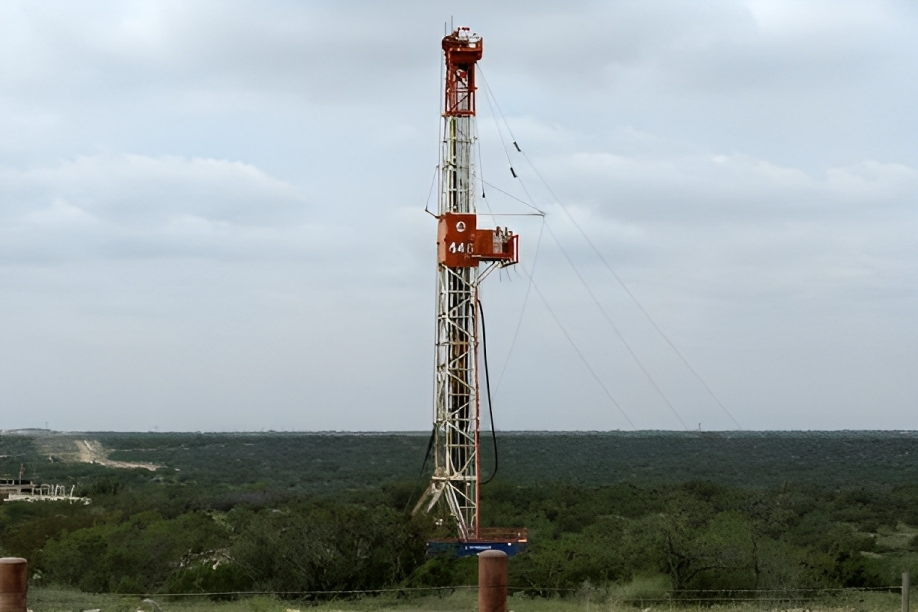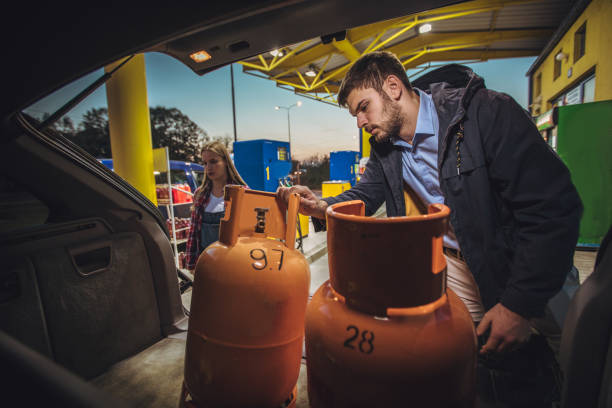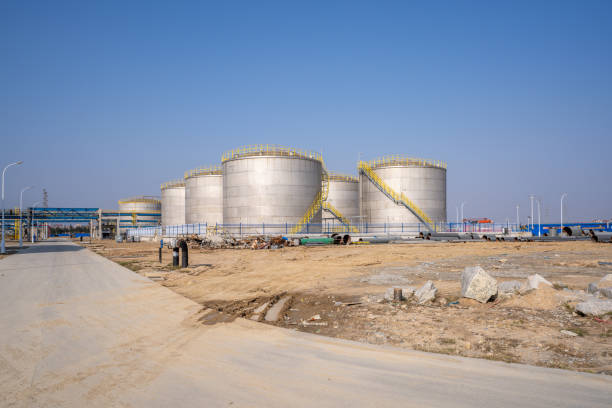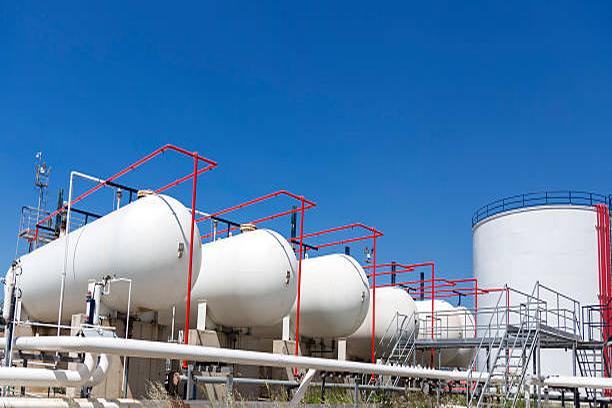Propane Market Dynamics
Exploring the economic landscape of propane unveils how market forces shape its pricing and availability. This article demystifies these dynamics, offering a clearer view of the propane market. Supply and Demand The foundational elements of propane economics are supply and demand. Factors such as production rates, seasonal needs, and geopolitical events can significantly impact propane’s… Continue reading Propane Market Dynamics

